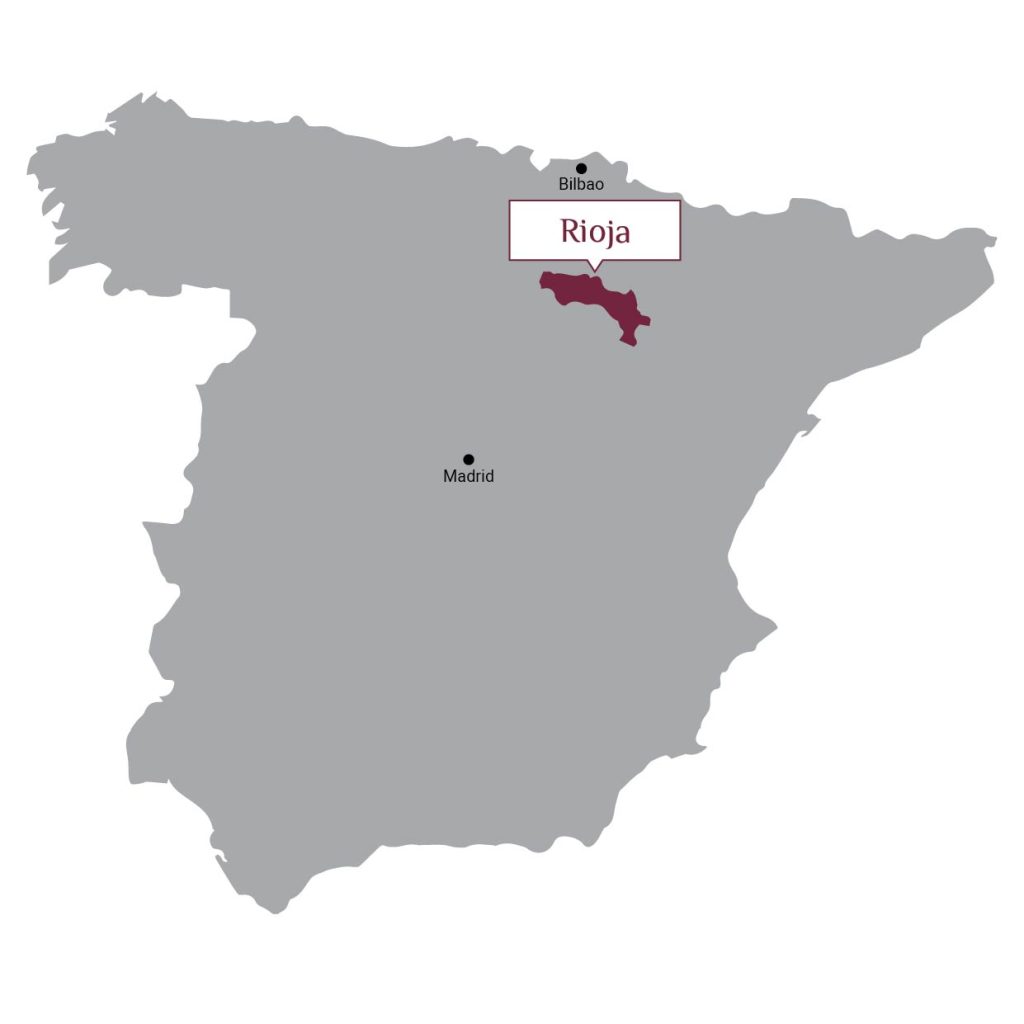About The Tour
Rioja is a large region in north-central Spain, bisected by the Ebro and Oja rivers, with the Sierra de Cantabria mountains surrounding it
Rioja wines were the first to be awarded the highest title for quality wine in Spain, DOC. The area is divided into three sub-regions:
Rioja Oriental (formerly known as Rioja Baja) in the south, Rioja Alta in the north, the classic heart of Rioja, and Rioja Alavesa, actually a Basque subregion.
Each subregion is characterized by its own unique microclimate thanks to the mountains, Mediterranean or Atlantic influence, different soil types, grape varieties, methods of cultivation and cultural differences among the inhabitants of each subregion.
Grape Varietals
Seven traditional varietals have been authorized since 1925, four red and three white.
Red varieties:
Tempranillo, Garnacha Tinto, Mazuelo (also known as Cariñena or Carignan) and Graciano. Tempranillo accounts for close to 90% of the planted red varieties.
White varieties:
Viura (also known as Macabeo), Malvasía and Garnacha Blanca. Viura accounts for close to 70% of the planted white varieties.
Classifications
Red Rioja wines age in 225-liter oak barrels for a period ranging from 1 to 3 years, and later in the bottle for from 6 months to 6 years. Depending on the time the wine remains in the barrel the wines are classified as:
Crianza
For red wines to be classified as “crianza”, the wines must age for at least two years in oak barriques (barrels) and in bottle. The minimum time in barrel is one year. In the case of whites and rosés, the total time is the same as for reds, but only a minimum of six months in barrel is required.
Reserva
For red wines to be classified as “reserva” the wines must be aged in barrel and bottle for a minimum of three years with a minimum time in barrel of one year. In the case of whites and rosés, the total time in barrel and bottle must be two year with at least six months in barrel. For the most producers do not seek “reserva”
classification for whites and rose’ wines.
Gran Reserva
For red wines to earn “Gran Reserva” classification, they must age for a minimum of five years in barrel and bottle; two years in barrel and three years in bottle. There are also guidelines for white and rose Gran Reserva wines but these are rarely used.
Visiting Rioja
Rioja is rich in natural resources including nature reserves, evergreen parks and rivers. Hiking and swimming opportunities abound. In addition, there are great historic sites, cathedrals, the Vivanco Wine Museum in Briones, the charming city of Haro and many spectacular wineries designed by leading architects to enjoy.
Rioja is informed by the mountains and the Basque country. Pork, chestnuts, oil, walnuts are among the staples. Specialties include Beans and Chorizo (beans and sausages); Grilled local lamb; Stuffed and grilled piquillo peppers; Torrijas, bread soaked in milk, egg and honey, fried in oil and served as a breakfast or dessert. All of these are delicious with Rioja red and white wines.
Irresistible experiences are waiting for you in Rioja



